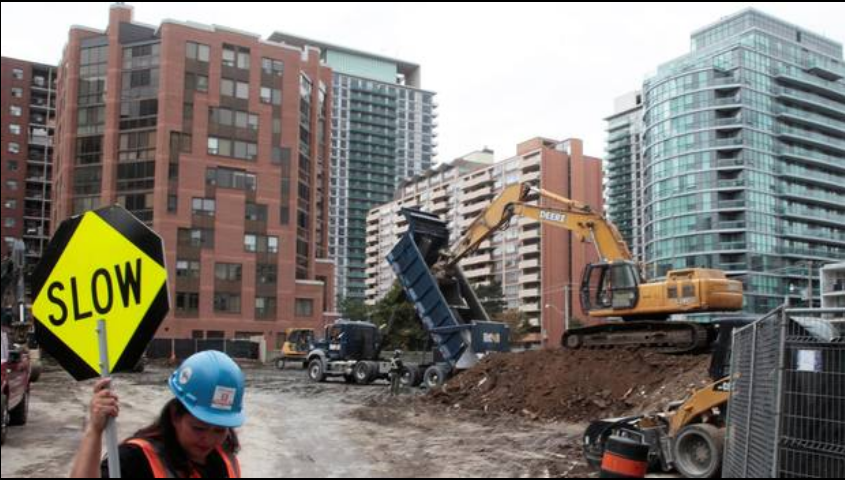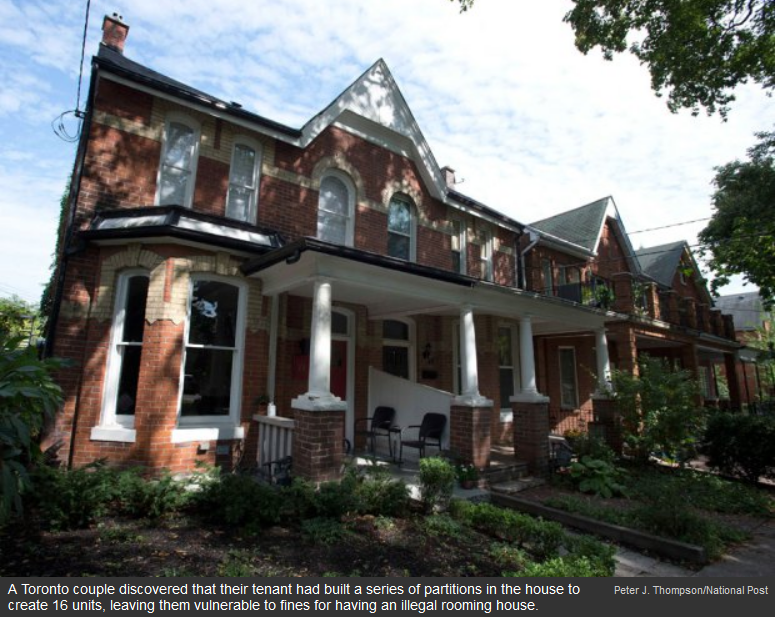As the Canadian real estate market continues to rise, some investors want to put their RRSP money to work in a real estate investment. While there are limitations, there are also several options available to investors.
Unfortunately, those looking to buy a rental property with their RRSPs are out of luck. Tax-free RRSP withdrawals of up to $25,000 can be taken under the Home Buyer’s Plan (HBP) to buy or build a qualifying primary residence to live in, but not for a rental property investment.
Real estate investment trusts (REITs) are RRSP-eligible investments that pool together income-generating real estate. Typically the pool includes residential, office, retail, industrial, self-storage, healthcare or hotel properties. REITs are a way for investors to invest indirectly in real estate that is managed by a professional team.
There are almost 50 REITs trading on the Toronto Stock Exchange, over 100 on U.S. stock markets and hundreds available globally. Canada also has over 100 real estate mutual funds available to investors that hold pools of REITs; however, many of these are just different fee classes of the same mutual funds.
Private REITs are another option that are not publicly traded on a stock exchange, but are instead offered to qualified investors via an Offering Memorandum. Several provinces are in the process of lowering the threshold to invest in private REITs so that any investor can invest up to $10,000 during any 12-month period without restriction into such private market investments.
Private REITs are generally smaller than their publicly traded counterparts and avoid the costs of listing on a stock exchange in an effort to increase investor returns. They are not as correlated to stock prices. Publicly traded REITs that trade on stock exchanges tend to be more volatile in their price movements, but may be more transparent and liquid.
REITs invest in the equity component of a real estate property. Their debt investment counterparts are known as mortgage investment corporations or MICs and enable investors to purchase a pool of mortgages paying interest income. Rather than investing in a single mortgage with a modest amount of money, MICs enable investors to be diversified among different mortgages, terms, geographies and sectors.
Much like REITs, MICs are available on public and private markets and can be held in an RRSP. There are about a dozen MICs listed on the Toronto Stock Exchange and many more available on global stock markets and through mutual funds and private mortgage investment corporations.
It is also possible to hold your own mortgage in your RRSP, effectively making you your own lender. Fees may be a couple thousand dollars on set-up and then a couple hundred dollars a year thereafter.
For conservative investors, it can be an enticing option because the mortgage rate used is the posted rate, which guarantees you a much higher fixed return than you could otherwise earn on a GIC or high-quality bond. That said, it means you are borrowing at a higher rate – albeit from yourself – than you could otherwise borrow from a bank.
One concern with holding your mortgage in your RRSP is that if you could otherwise borrow at a lower rate of interest and possibly invest at a higher rate of return in a balanced investment portfolio, you might be missing out twice. This is especially true at today’s low interest rates, in particular when you take into account the up-front and ongoing costs.
Anyone considering a real estate investment given the long run-up in Canadian real estate prices should consider their existing exposure to real estate, not only through their stocks and mutual funds, but also their primary residence.
Many Canadians have a high allocation to real estate already in their net worth without targeting real estate specifically in their RRSPs, so use proper asset allocation as the primary test to determine if you should be investing further in real estate in the first place.
Read the full post in Financial Post










